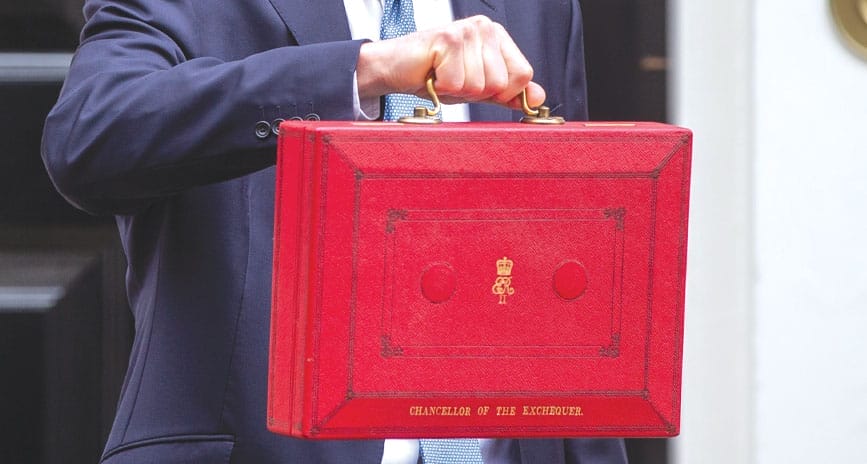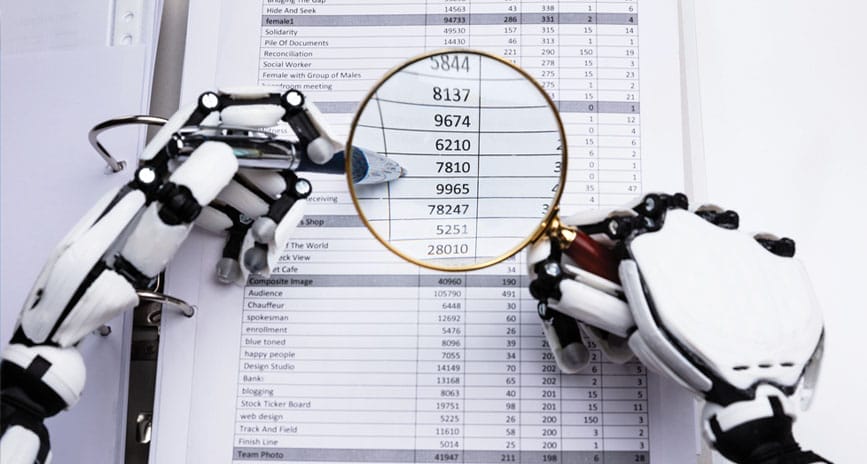There are significant changes to how business profits are taxed on the way. As part of the government’s ‘Basis Period Reform’, the tax year 2023/24 will now be a ‘transitional’ year for sole traders and partnerships that have an accounting year end other than 31 March or 5 April, to report profits and losses combining figures from their accounting year end and the tax financial year. This could mean advancing tax liabilities for many businesses – we explain what you need to do in our latest Business Connect Magazine article below.
What is the Basis Period Reform?
The reform requires any self-employed traders, partners in trading partnerships and other unincorporated entities with trading income, to move their ‘current year’ or ‘accounting year end’ tax basis (the date which your annual accounts are drawn, different to 31 March or 5 April) to the government’s ‘tax year’ basis (financial year ending 31 March or 5 April).
The new tax year basis will require all businesses in these categories to report figures for the period 6 April – 5 April regardless of when their accounting period ends. In November 2021, the government announced that the ‘Basis Period Reform’ would be effective from 6 April 2024 for the tax year 6 April 2023/5 April 2024, however this has recently been changed to being effective on 6 April 2025 for the 2024/25 tax year.
Therefore, the 2023/24 tax year will be a ‘transitional year’ or ‘catch-up year’, meaning profits for the self-employed, trading partnerships and unincorporated entities will need to apportion profits and losses across periods of account including the tax year and your accounting year to adjust for the tax year basis, therefore aligning trading income with non-trading income.
If you have a year end different to 31 March or 5 April
Turnover for businesses who continue to have a year end other than 31 March or 5 April will be taxable on profits for their current year (12 months to their accounting period end) plus the period to the end of the tax year (5 April 2024). Dependant upon the accounting period of the business, this could effectively bring 2 years’ profits to be taxed in one year.
The good news is that proposals are being consulted that could allow the taxpayer to spread the profits over 5 years to mitigate the cashflow for the added tax liabilities.
Example transitional year calculations
Business A has company profits of £20,000 in the year ended 30 April 2023 and estimated profits of £20,000 in the year ended 30 April 2024. Under the proposals for the tax year 2023/24, the business would be liable for tax payments as follows:
- Profits of £20,000 for the year ended 30th April 2023, plus
- 11/12 x £20,000 (30 April 2024) for the tax year to 5 April 2024
- Total £38,334 of profits being subject to tax and National Insurance Contributions (NICs).
Requirement for estimation
If the year end has not been finalised, there will be a requirement by HMRC for you to estimate the figures (as outlined in the example above).
Example of estimation calculations
If a business produces its accounts to 31 July annually, the tax for the basis period for 2024/25 would be estimated as follows:
- Profits of the year to 31 July 2024 (the accounting period).
- Under the tax year basis, the business will also be required to report profits to 12 months to 31 March 2025 which may not have been produced, so the apportionment would be:
– 4/12 of profits/losses for the period ended 31 July 2024, plus
– 8/12 of profits/losses for the period ended 31 July 2025.
As the figures for 31 July 2025 would not be finalised at that point, an estimation would be required followed by a submission once finalised.
Supporting businesses through the ‘transition year’ basis period
HMRC have acknowledged that this estimation process will create added administration burdens, and have suggested options for reducing the impact, which will be under further consultation ahead of the transitional year being implemented.
The proposals include:
- Allowing taxpayers to amend a provisional figure at the same time as they file their return for the following tax year.
- Allowing an extension of the filing deadline for some groups of taxpayers, such as more complex partnerships or seasonal trades.
- Allowing taxpayers to include in the next year’s tax return any differences between provisional and actual figures in the previous year.
- Leaving the current rules on provisional figures unchanged, whereby profits can be estimated in a return and amended as soon as final figures become available.
The legislation will also treat periods of account drawn up to 31 March as equivalent to the end of the normal tax year (5 April) so no further apportionment would be required.
Many businesses are considering moving their accounting date to 31 March or 5 April to make future annual administrative processes easier. If this something that you need support with, or if you need advice on the implications that the Basis Period Reform might have on your business, please contact a member of our tax team – we’re here to help.
Call 0161 905 1801 in Manchester or 01925 830 830 in Warrington, or you can email us via mail@lwaltd.com
Les Leavitt, Leavitt Walmsley Associates Chartered Certified Accountants







